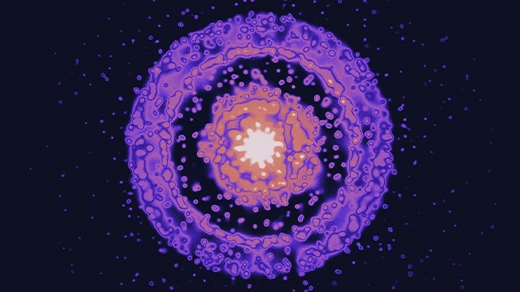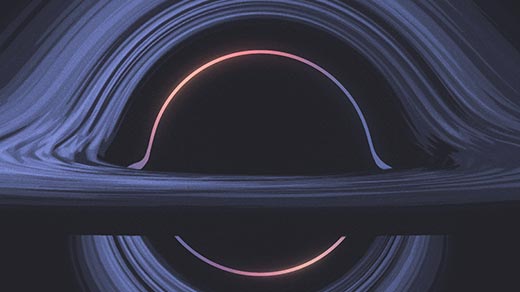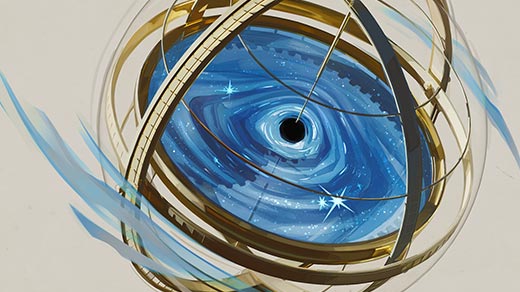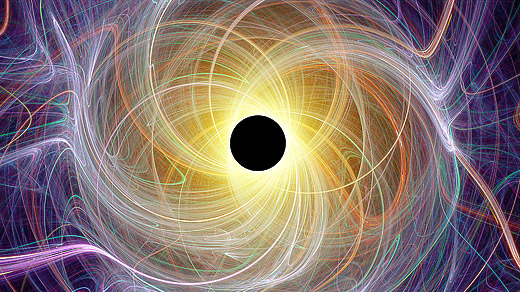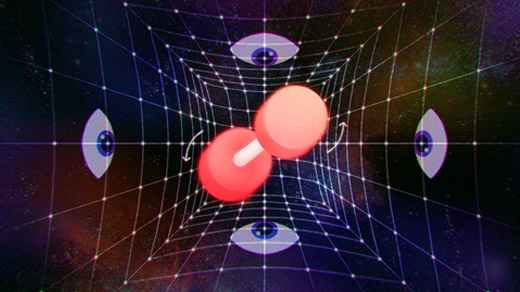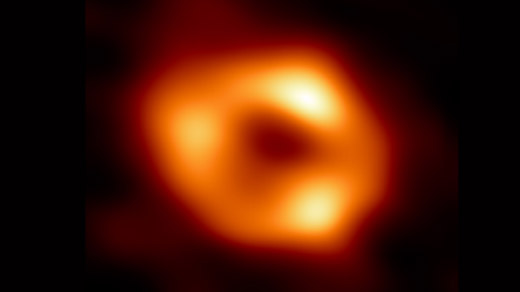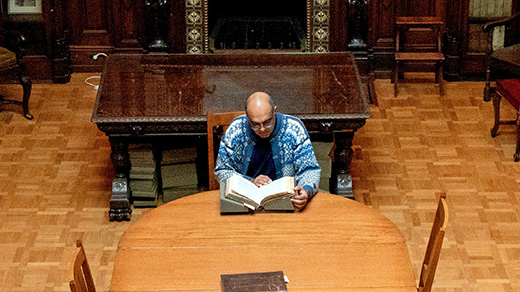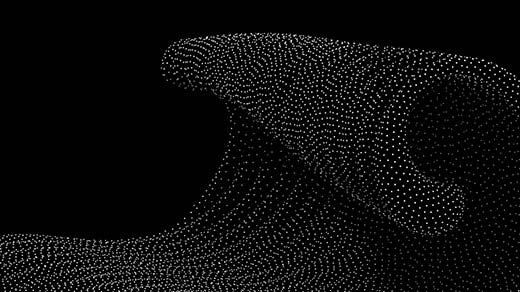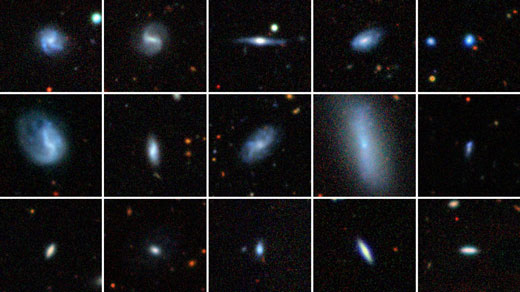What's up in
Black holes
Latest Articles
Brightest-Ever Space Explosion Reveals Possible Hints of Dark Matter
A recent gamma-ray burst known as the BOAT — “brightest of all time” — appears to have produced a high-energy particle that shouldn’t exist. For some, dark matter provides the explanation.
A Black Hole’s Orbiting Ring of Light Could Encrypt Its Inner Secrets
Physicists have discovered that the ring of photons orbiting a black hole exhibits a special kind of symmetry, hinting at a deeper meaning.
What Drives Galaxies? The Milky Way’s Black Hole May Be the Key.
Supermassive black holes have come to the fore as engines of galactic evolution, but new observations of the Milky Way and its central hole don’t yet hang together.
At Long Last, Mathematical Proof That Black Holes Are Stable
The solutions to Einstein’s equations that describe a spinning black hole won’t blow up, even when poked or prodded.
Mass and Angular Momentum, Left Ambiguous by Einstein, Get Defined
Surprising as it may sound, 107 years after the introduction of general relativity, the meanings of basic concepts are still being worked out.
Black Hole Image Reveals the Beast Inside the Milky Way’s Heart
In 2019, the Event Horizon Telescope released a historic image of a supermassive black hole in another galaxy. The follow-up — an image of Sagittarius A* — shows it shimmering at the center of our own.
Pondering the Bits That Build Space-Time and Brains
Vijay Balasubramanian investigates whether the fabric of the universe might be built from information, and what it means that physicists can even ask such a question.
Massive Black Holes Shown to Act Like Quantum Particles
Physicists are using quantum math to understand what happens when black holes collide. In a surprise, they’ve shown that a single particle can describe a collision’s entire gravitational wave.
Tiny Galaxies Reveal Secrets of Supermassive Black Holes
Dwarf galaxies weren’t supposed to have big black holes. Their surprise discovery has revealed clues about how the universe’s biggest black holes could have formed.
